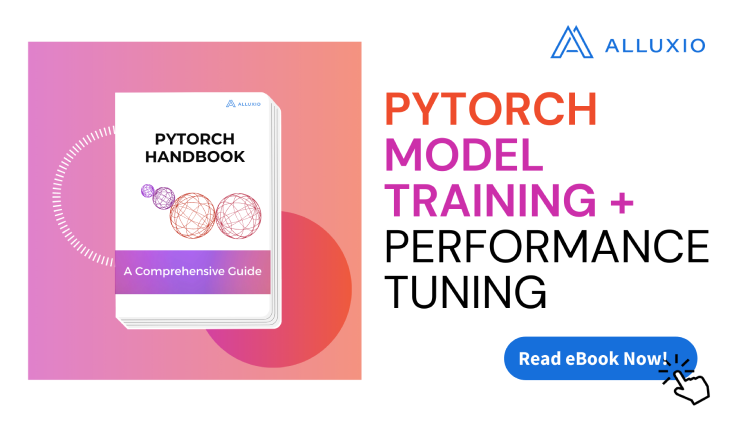Resource Hub
.png)
.jpeg)


.jpeg)
We’re pleased to announce the general availability of Alluxio Data Orchestration Hub, your single pane of glass to orchestrate data for analytics and AI. The data ecosystem is complex with the separation of storage and compute across data centers and cloud providers. With this release we’ve made great strides towards simplifying data access and management across multiple environments.
.jpeg)


.jpeg)
Unlike HDFS which provides one-copy update semantics or AWS S3 which provides eventual consistency, data consistency in Alluxio is a bit more complicated and depends on the configuration. In short, when clients are only reading and writing through Alluxio, the Alluxio file system provides strong consistency. However, when clients are writing data across both Alluxio and under storage, the consistency may depend on the write type and under storage type.
.jpeg)


.jpeg)
Alluxio 2.4.0 focuses on features critical to large scale, production deployments in Cloud and Hybrid Cloud environments. Enterprises leverage Alluxio at enormous scale in many dimensions, including number of files, total volume of data, requests per second, and number of concurrent clients.




In this presentation, Haoyuan Li shares an overview of PAX (Presto Alluxio Stack), its related industry trends, and how PAX solves challenges and brings values to its hundreds of users in the cloud.
.jpeg)


.jpeg)
As the third largest e-commerce site in China, Vipshop processes large amounts of data collected daily to generate targeted advertisements for its consumers. In this article, Gang Deng from Vipshop describes how to meet SLAs by improving struggling Spark jobs on HDFS by up to 30x, and optimize hot data access with Alluxio to create a reliable and stable computation pipeline for e-commerce targeted advertising.




In this blog, Derek Tan, Executive Director of Infra & Simulation at WeRide, describes how engineers leverage Alluxio as a hybrid cloud data gateway for applications on-premises to access public cloud storage like AWS S3.




Alluxio 2.3.0 focuses on streamlining the user experience in hybrid cloud deployments where Alluxio is deployed with compute in the cloud to access data on-prem. Features such as environment validation tools and concurrent metadata synchronization greatly improve Alluxio’s functionality. Integrations with AWS EMR, Google Dataproc, K8s, and AWS Glue make Alluxio easy to use in a variety of cloud environments. In this article, we will share some of the highlights of the release. For more, please visit our release notes page.
.jpeg)


.jpeg)
In this article, Honghan Tian describes how engineers in the Data Service Center (DSC) at Tencent PCG (Platform and Content Business Group) leverages Alluxio to optimize the analytics performance and minimize the operating costs in building Tencent Beacon Growing, a real-time data analytics platform.




This article presents the collaboration of Alibaba, Alluxio, and Nanjing University in tackling the problem of Deep Learning model training in the cloud. Various performance bottlenecks are analyzed with detailed optimizations of each component in the architecture. Our goal was to reduce the cost and complexity of data access for Deep Learning training in a hybrid environment, which resulted in over 40% reduction in training time and cost.




This article describes how Alluxio can accelerate the training of deep learning models in a hybrid cloud environment when using Intel’s Analytics Zoo open source platform, powered by oneAPI. Details on the new architecture and workflow, as well as Alluxio’s performance benefits and benchmarks results will be discussed.
